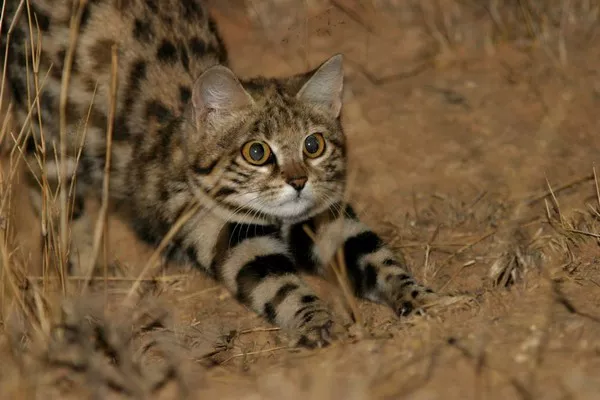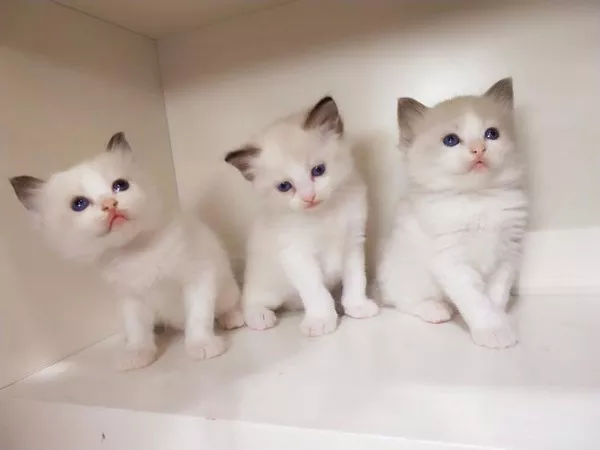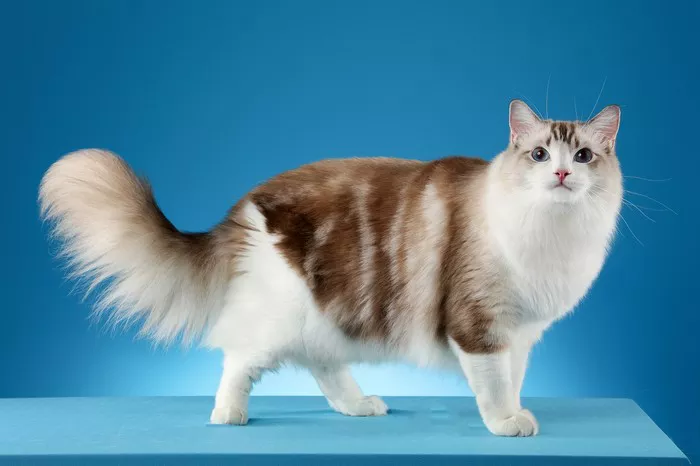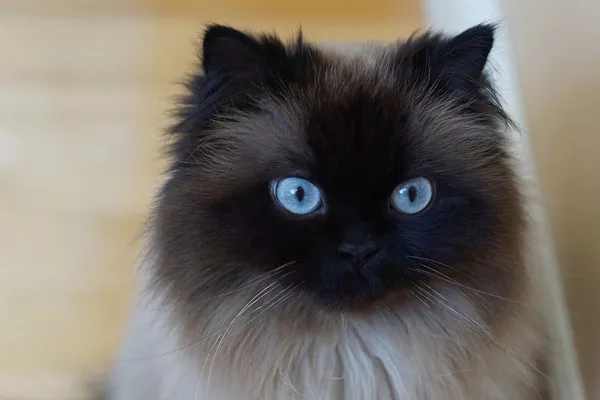Cats, known for their finicky eating habits, can pose a challenge for pet owners when faced with the dilemma of running out of cat food. In such situations, it’s crucial to find suitable alternatives to ensure your feline friend receives adequate nutrition. This article explores various options and considerations for feeding your cat when traditional cat food is unavailable.
Understanding Feline Dietary Needs
Before delving into alternative feeding options, it’s essential to understand the primary dietary needs of cats. Cats are obligate carnivores, meaning they require a diet rich in animal-based proteins to thrive. Key nutritional elements for cats include:
Protein:
Cats need high-quality protein for muscle maintenance, energy, and overall health.
Taurine:
An essential amino acid for cats, taurine is crucial for heart and eye health.
Vitamins and Minerals:
Cats require specific vitamins and minerals, such as vitamin A, vitamin D, calcium, and phosphorus, for optimal well-being.
Safe and Nutritious Alternatives
When facing a shortage of cat food, consider the following safe and nutritious alternatives to provide temporary sustenance for your cat:
Cooked Meat:
Offer cooked, unseasoned meat such as chicken, turkey, or lean beef. Ensure the meat is boneless and free from added spices or condiments.
Eggs:
Eggs are an excellent source of protein. Scrambled or boiled eggs provide a nutritious option for your cat.
Fish:
While fish can be a treat, it should not constitute the primary diet due to potential nutritional imbalances. Offer cooked fish without bones and in moderation.
Canned Tuna in Water:
Canned tuna in water can be an occasional treat. However, it lacks some essential nutrients and should not be a long-term substitute.
Cat-Friendly Vegetables:
Some cats may accept cooked vegetables like carrots or peas. While not a primary source of nutrition, they can contribute to dietary variety.
Commercial Cat Food Alternatives
In the absence of traditional cat food, explore commercial alternatives that may be readily available:
Kitten Food:
If adult cat food is unavailable, consider feeding your cat kitten food temporarily. Kitten food is rich in essential nutrients suitable for cats of all ages.
Wet Cat Food:
Wet cat food, even if a different brand or variety, can serve as a short-term alternative. The moisture content aids in hydration.
Prescription Diets:
In cases of specific health concerns, consult with a veterinarian who may recommend prescription diets available at pet stores.
Homemade Cat Food Recipes
For those willing to invest time and effort, preparing homemade cat food can be an option. Keep in mind the following considerations:
Consultation with a Veterinarian:
Before preparing homemade cat food, consult with a veterinarian to ensure it meets your cat’s nutritional needs.
Balanced Diet:
Homemade cat food should include a balance of protein, fat, and essential nutrients. Commercial supplements may be necessary.
Avoid Harmful Ingredients:
Steer clear of ingredients toxic to cats, such as onions, garlic, certain herbs, and excessive salt.
Ensuring Adequate Hydration
Regardless of the feeding alternative chosen, ensure your cat stays adequately hydrated. Cats may not drink enough water on their own, so consider incorporating wet food or adding water to dry food to boost moisture intake.
Monitoring Your Cat’s Response
As you introduce alternative food options, monitor your cat’s response. Look for signs of digestive upset, allergies, or refusal to eat. If issues persist, consult with a veterinarian for guidance.
See Also: Does Wet Food Cause Diarrhea in Cats? [Revealed!]
Conclusion
In situations where traditional cat food is unavailable, pet owners can explore various alternatives to ensure their cats receive essential nutrition. Whether opting for cooked meat, commercial alternatives, or homemade recipes, prioritizing a balanced diet tailored to your cat’s needs is key. Consultation with a veterinarian remains crucial for making informed decisions about your cat’s diet, promoting their health and well-being during temporary shortages or emergencies.

























